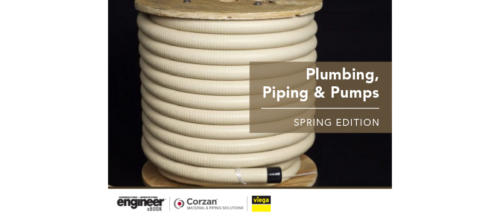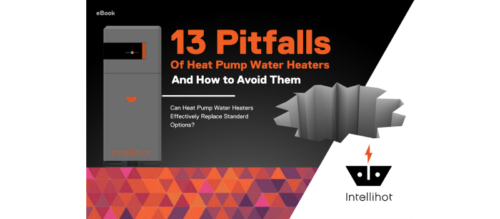Your questions answered: Pathogen Control by Design
Pathogen control problems in plumbing systems should be carefully guarded against. Here is additional information to supplement the webcast on “Pathogen Control by Design.”
Several questions were asked by the audience at the Nov. 10, 2015, webcast on "Pathogen Control by Design." Tim Keane, Legionella Risk Management Inc., answers some of the most relevant ones here.
Question: With elevated temperatures on supply and return piping, what is the maximum velocity that should be allowed?
Tim Keane: Velocity of 3 to 5 fps is very good.
Question: Regarding slide 44, is it the intent to circulate cold water also? Hot water to a fixture group is usually dead ended, so is it the intent to circulate all dead ends?
Keane: Hot water only should be recirculated. Slide 44 is not recirculation; it is series flow from shower to sink so every time the sink is used, water is flushed through the shower to turn over the potentially stagnant water in the shower drop let.
Question: Is ASHRAE 188-2015: Legionellosis: Risk Management for Building Water Systems currently referenced by any codes?
Keane: Sentences of Standard 188 are now in NYC and NYS codes. Typically it takes a year to several years for a standard to get adopted
Question: How does heat trace work to maintain temperature in the hot water system? Or is it better to keep the water moving to not allow the growth of the Legionella?
Keane: There is no study to show impact of heat tracing. Heat tracing would be added when stagnant flow conditions result in temperature reduction to levels of concern. My guess is heat tracing in areas of prolonged little to no flow will typically not be beneficial and may worsen the problem.
Question: Does water softening and/or a scale treatment (i.e. scale safe) increase chances of bacterial growth?
Keane: Phosphates are good nutrients for bacteria.
Question: Can Legionella form in kiddie daycare water park pads in south Texas if not treated with chlorine or other filter system?
Keane: Absolutely.
Question: If we have Legionella in a cooling tower, how does it get to our main domestic system?
Keane: It doesn’t get from a cooling tower into a pressurized potable water system. Legionella is frequently in city water, usually at undetectable levels.
Do you have experience and expertise with the topics mentioned in this content? You should consider contributing to our CFE Media editorial team and getting the recognition you and your company deserve. Click here to start this process.




